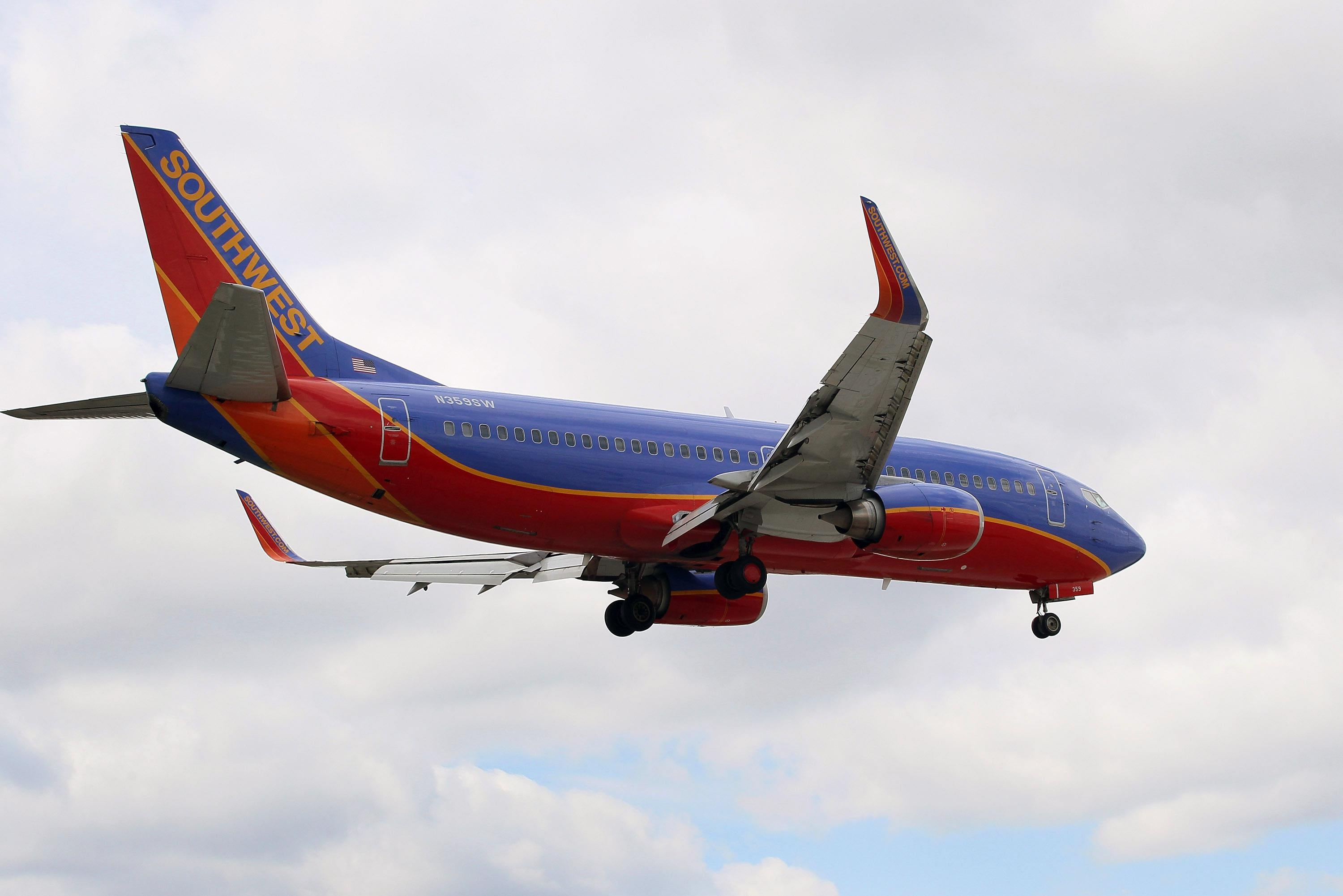The airline industry is notoriously brutal. As Warren Buffett once wrote in a letter to shareholders, “[I]f a farsighted capitalist had been present at Kitty Hawk, he would have done his successors a huge favor by shooting Orville down.” Yet Southwest Airlines just recorded its 39th consecutive year of profitability—in a business sector where profits can be excruciatingly tough to come by.
How does Southwest do it? In part, by keeping operations simple. Simpler operations mean fewer things that can go awry and botch up the whole process.
Consider, for instance, Southwest’s fleet of jets. While other airline fleets can employ 10 or more types of aircraft, Southwest uses just one, the Boeing 737. As V.P. of ground operations Chris Wahlenmaier explained to me, this results in all manner of cost-saving efficiencies: “We only need to train our mechanics on one type of airplane. We only need extra parts inventory for that one type of airplane. If we have to swap a plane out at the last minute for maintenance, the fleet is totally interchangeable—all our on-board crews and ground crews are already familiar with it. And there are no challenges in how and where we can park our planes on the ground, since they’re all the same shape and size.”
Southwest also doesn’t assign seat numbers. Which means that if a plane is swapped out, and a new one’s brought in with a different seat configuration (even within the world of 737s, there can be some variations), there’s no need to adjust the entire seating arrangement and issue new boarding passes. Passengers simply board and sit where they like.
Most other airlines charge to check bags these days. Southwest has resisted the trend. Yes, this “bags fly free” policy is good marketing. But it also has operations benefits: “When you charge people to check bags they try to carry more on, sometimes more than can fit in the overhead bins,” says Wahlenmeier. “That results in more bags being checked at the gate, right before departure. And that wastes time.”
Other carriers use a hub-and-spoke system, in which planes are funneled into a couple of major connecting airports before branching out to their final destinations. This allows more geographic coverage. A passenger coming from Des Moines can’t get a direct flight on United from Iowa to Tokyo, but she can reach Japan through United’s Chicago hub.
Hubs also lead to backups, though, as planes queue up awaiting turnaround—cleaning, refueling, and so forth. “You might have 25 or 30 planes all arriving at a hub around the same time,” says Wahlenmeier. “That can lead to a lot of ground time, and we only make money off our planes when they’re in the air.” Hubs also create a single point of failure: Try getting anywhere on Delta’s flight map, for instance, when there’s bad weather at its hub in Atlanta. The whole interdependent system goes screwy as planes stop arriving at the proper place at the proper time.
Southwest’s flights are generally point-to-point. The plane lands, goes through turnaround, and often heads right back where it came from. With less interdependence, the network can survive a problem at a single airport. The system is designed to facilitate short-haul flights, not international travel—Southwest targets the domestic business commuter, not the globetrotting jetsetter. But the airline has limited itself intentionally, to keep its operations running smoothly. “We can turn around planes in about 25 minutes,” says Wahlenmeier, “which last I checked is industry leading.” A simpler network also means less luggage getting lost in the shuffle. Wahlenmeier says Southwest has a 99.6 percent completion rate on bags, meaning they “show up on the other side.”
Other airlines have emulated Southwest’s approach. Recently, Azul—launched by JetBlue founder David Neeleman—has brought the model to Brazil. Azul focuses on domestic, point-to-point routes, and uses only two types of aircraft (Embraer E-Jets and ATR prop planes). Azul hasn’t stolen market share from other Brazilian airlines. Instead, with its operations strategy holding costs down, it’s made flying affordable for people who might otherwise take a bus. Azul targets city pairs for which the bus trip is 30 hours or more, then sets its ticket price equal to the equivalent bus fare.
Azul has been around only since 2008, so it remains to be seen whether it will succeed over the long term. But there’s no doubt Southwest has proven its model is a winner. Sometimes the simplest operations are also the smartest.
